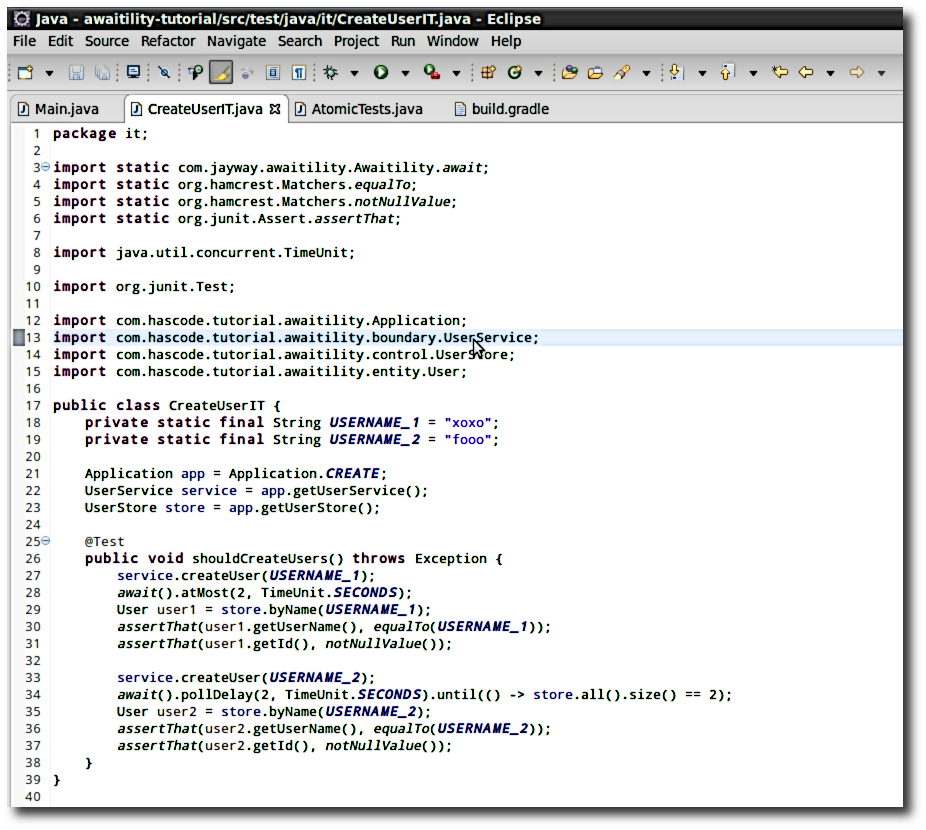
Implementing Reactive Client-Server Communication over TCP or Websockets with RSocket and Java
Reactive design or reactive architecture has an impact on how modern software systems are implemented. RSocket is a project that aims to adapt the benefits of the patterns described in the Reactive Manifesto and resulting tools like Reactive Streams or Reactive Extensions to a formal new communication protocol. RSocket works with TCP, WebSockets and Aeron transport layers and offers additional features like session resumption. In the following tutorial I’m going to demonstrate how to implement simple client-server communication over TCP and Websockets for different interaction models like request-response, request-stream, fire-and-forget and event subscription. ...



